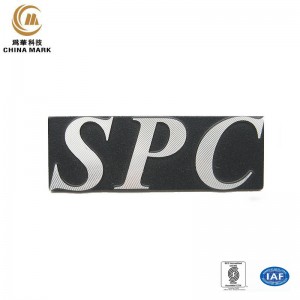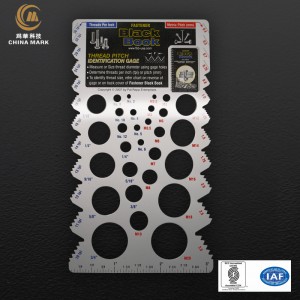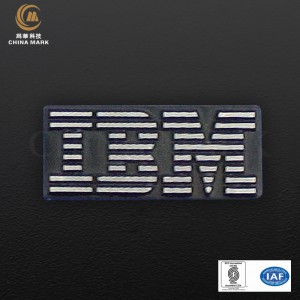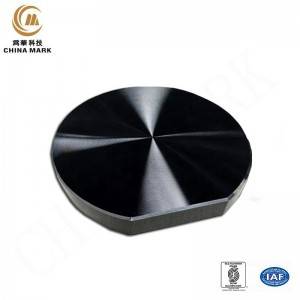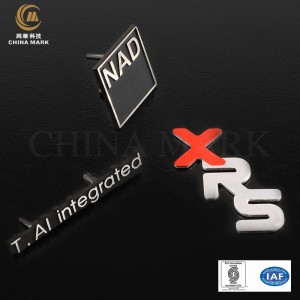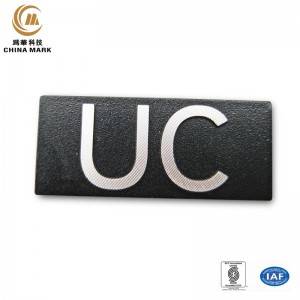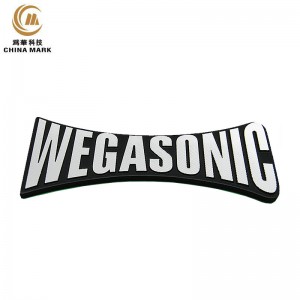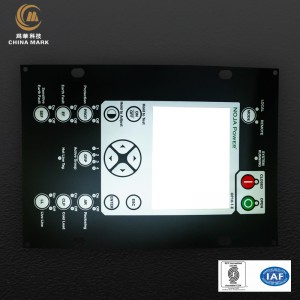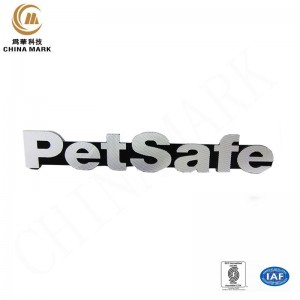Aluminum name plates,Custom logo sunglasses | WEIHUA
Learn more about WEIHUA products
If you are interested in getting in touch with a our sales rep click here
The main process shows as below
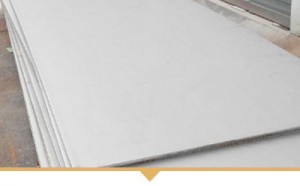
Step 1:St.St. plate
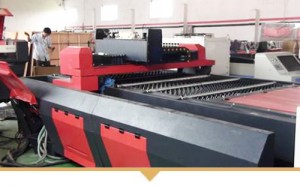
Step 2:Laser cut according to the engineering dwg

Step 3:Film or coating in the dust-free shop, light exposure imaging
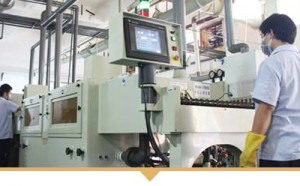
Step 4:Etching, ie, remove material by way of chemical reaction or physical corrosion

Step 7:Industry oven, hi-temp, low-temp & constant temp.
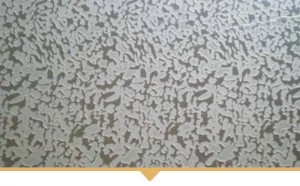
Step 5:Get deepened by etching once, and texture finish by twice etching, like snow grain.
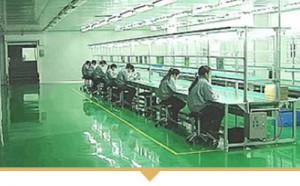
Step 8:Professional inspectors and packaging workers
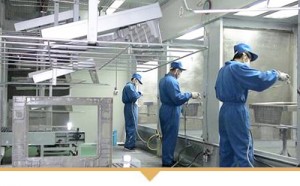
Step 6:Done in the dust-free shop, by professional workers and advanced equipment
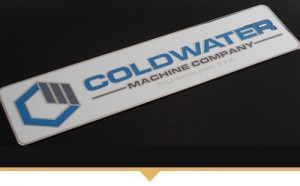
Step 9:Applied as precision etched parts for the electronic thin components for the aviation industry, machinery and chemical industry


Write your message here and send it to us

